Imagine the rich, smoky flavor of a perfectly cooked BBQ. It’s why smoker recipes are a big deal in American cuisine. With 15 tasty smoker recipes, you’re on your way to becoming a BBQ master. You’ll get that perfect flavor with ease.
Smoking is an art that needs patience, practice, and the proper techniques. These recipes will help you make dishes that will wow your friends and family. You can choose from turkey, chicken, salmon, brisket, beef ribs, and pork.
These smoker recipes will help you get that perfect BBQ flavor fast. Whether using a ceramic grill, kettle grill, smoker, or oven, success comes from the techniques and ingredients. From dry brining to spiced mopping sauces, the options are endless. So, why not start today and explore the world of smoker recipes?
Introduction to Smoker Recipes
Exploring smoker recipes means learning about the smoking definition of smoking and how it boosts your dish’s taste. Smoking involves cooking food with smoke from burning wood or charcoal. This method has a long history of smoking that goes back to ancient times.
Smoking has many benefits. It simmers food at a low temperature, making it tender and flavorful. Whether you’re new to smoking or experienced, knowing these basics will help you create dishes that wow everyone.
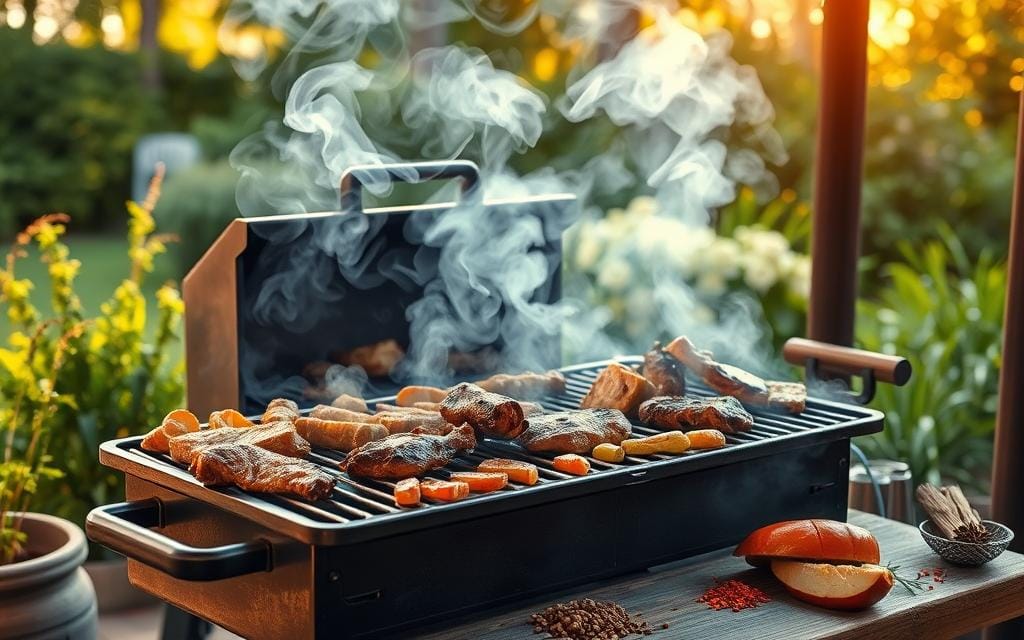
- Choose the right wood for smoking, like oak or fruitwood
- Understand the need for temperature control and good airflow
- Try different seasonings and marinades to add more flavor
By learning these basics, you’ll soon be making delicious smoker recipes. These dishes will highlight the rich tastes and textures of smoked food.
Essential Equipment for Smoker Recipes: Tools to Elevate Your Cooking
Starting your smoking journey means you need the right tools for great results. Let’s look at the key equipment that will boost your smoker recipes.
Types of Smokers
Choosing the right smoker is key for your cooking style. Charcoal smokers, like the Weber Smoky Mountain, are great for beginners because they’re easy and affordable. Gas and electric smokers are convenient, and pellet smokers offer excellent temperature control. Wood smokers, though more work, give the best flavor.
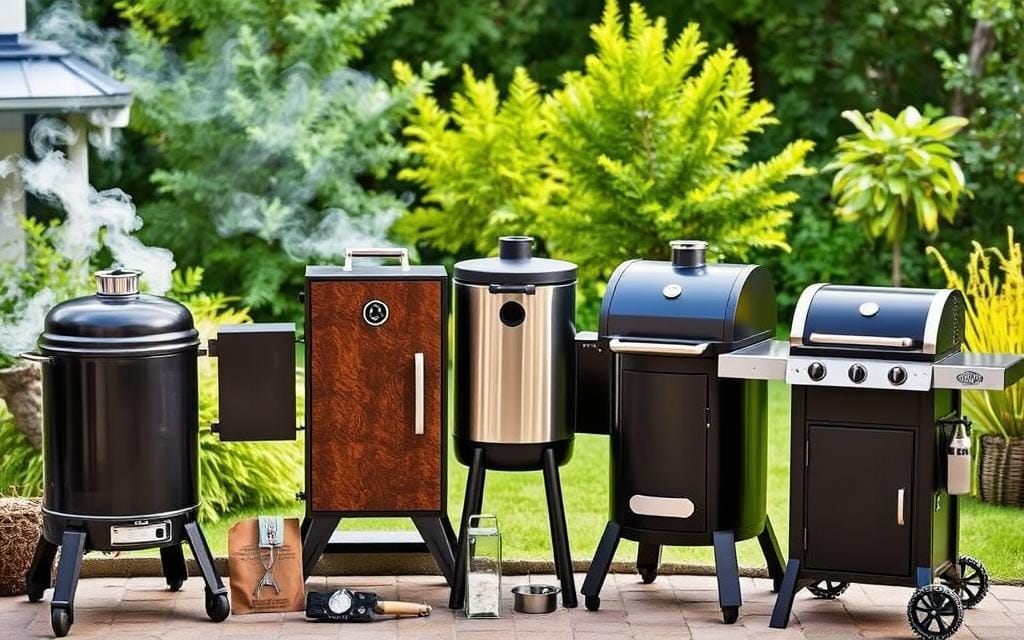
Necessary Tools
Get these essential tools to improve your smoking experience:
- Quality wireless meat thermometer for precise temperature monitoring
- Heat-resistant BBQ gloves for safe handling
- Sturdy BBQ tongs for easy maneuvering
- Grill brush for maintaining cleanliness
- Sharp boning knife for meat preparation
- Slicing knife for serving perfect portions
Choosing the Right Wood
The wood you pick is key to the flavor of your smoked dishes. Try different woods to find your favorite taste. Each wood adds flavor to your recipes, from mild fruit woods like apple and cherry to strong woods like hickory and mesquite.
By getting quality equipment and knowing about wood selection, you’re ready to make tasty smoked dishes.
Preparing Your Smoker for Success: Smoker Recipes Made Easy
Getting your smoker ready is key to making tasty smoker recipes. Learning a few essential techniques will help you get that perfect BBQ taste.
Cleaning and Seasoning Your Smoker
Start by cleaning your smoker well to get rid of old food bits. Then, season it by applying cooking oil inside and heating it for hours. This makes a protective layer and boosts flavor.
Temperature Control Techniques
Keeping the temperature steady is vital for great smoking. Here are some tips to help you control the temperature:
- Invest in a reliable meat thermometer
- Adjust vents to regulate airflow
- Add fuel gradually to avoid temperature spikes
- Use a water pan to stabilize the heat
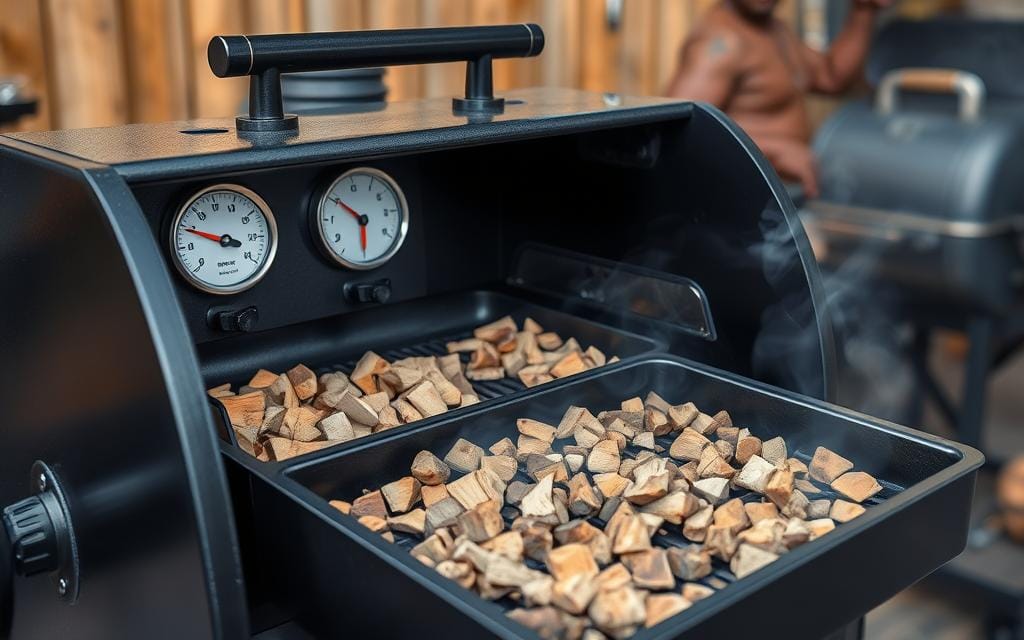
Proper Ventilation
Good ventilation is key for smoke flow and flavor. Make sure your smoker’s vents are clean and working right. Try different vent settings to find the best smoke and heat mix for your smoker recipes.
Pay attention to smoker prep, temperature control, and ventilation to make delicious smoked dishes that will surely wow your family and friends.
Basic Smoking Techniques: Building the Foundation for Great Smoker Recipes
Learning basic smoking techniques is essential for making tasty smoker recipes. It helps you create dishes that will wow your loved ones.
Low and Slow Method
The low and slow-method is key to a fantastic barbecue. It cooks meat at a low heat for a long time, making the meat tender and full of flavor. Keep the temperature between 225°F and 250°F for the best results.
Hot Smoking vs. Cold Smoking
Hot smoking and cold smoking are two different ways to smoke food:
- Hot smoking: Cooks food and adds smoke flavor at temperatures between 165°F and 300°F.
- Cold smoking: Adds smoke flavor without cooking at temperatures below 85°F.
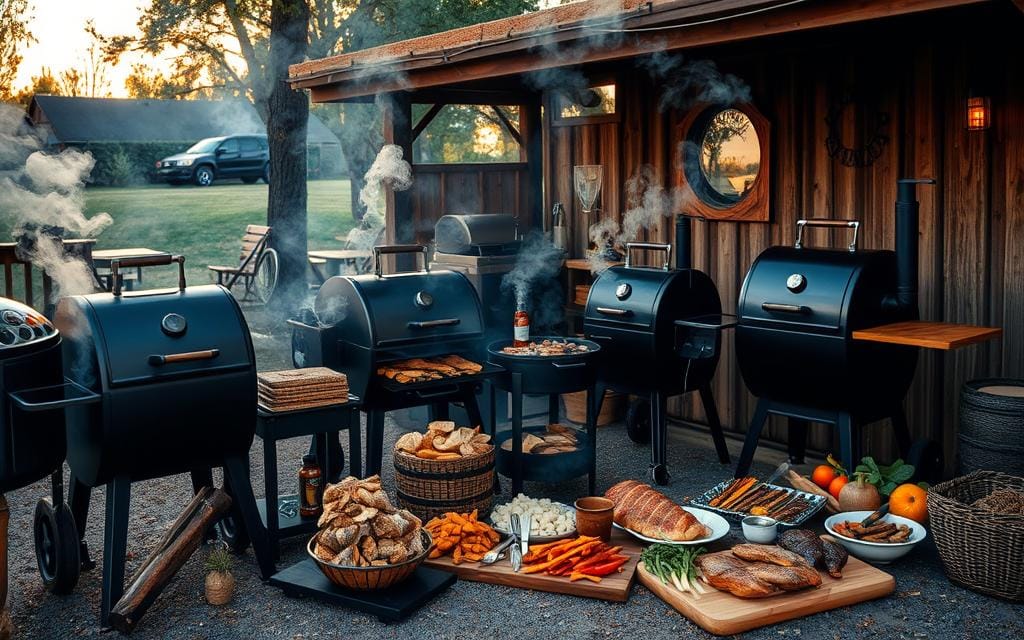
Maintaining Consistent Temperature
Keeping the temperature steady is crucial for smoking. Use a thermometer to check your smoker’s temperature. Adjust as needed to keep the heat even.
Importance of Internal Meat Temperature
Getting the meat to the right temperature is key for safety and taste. Use a meat thermometer to check the temperature. For example, beef brisket should be at 195°F, and chicken at 165°F in the thigh.
Mastering these basic techniques will help you make delicious smoked recipes. Your dishes will be so good that everyone will want more.
Popular Meats for Smoker Recipes: Your Guide to Flavorful Proteins
Explore the world of delicious smoker recipes with various meats. From tender pork to juicy poultry, each offers unique flavors and textures. Smoked to perfection, they are truly mouthwatering.
Pork: The King of Smoker Recipes
Pork recipes are a hit in the smoking world. Try these cuts for irresistible results:
- Ribs: Baby back or spare ribs for fall-off-the-bone goodness
- Shoulder: Perfect for pulled pork sandwiches
- Loin: A leaner option that stays juicy when smoked carefully
Beef: Rich and Flavorful
Beef recipes shine when slow-smoked. Don’t miss these popular cuts:
- Brisket: The holy grail of Texas-style barbecue
- Chuck roast: An affordable alternative for burnt ends
Poultry: Versatile and Delicious
Poultry recipes offer endless possibilities for smoker enthusiasts:
- Whole chicken: Infuse with smoky flavor from skin to bone
- Turkey: Impress guests with a smoky twist on holiday classics
Fish and Seafood: Light and Flavorful
Don’t overlook fish and seafood recipes in your smoker. Try smoking salmon with a maple glaze or experiment with whole trout for a delicate smoky flavor.
Mastering these popular meats for smoker recipes will create unforgettable dishes. Showcase the best of pork, beef, poultry, and seafood. Experiment with different cuts and flavors to find your signature smoker specialties.
Rubs and Marinades: The Secret to Flavorful Smoker Recipes
Discover the secret to fantastic smoker recipes with rubs and marinades. These tools are essential for creating dishes that everyone will love.
Creating Balanced Flavor Profiles
Aim for a mix of sweet, salty, spicy, and savory flavors when making rubs and marinades. This mix gives your smoked meats depth and complexity. For instance, a chicken rub recipe rated 4.77 out of 5 by 168 voters uses paprika, garlic powder, and brown sugar for a perfect taste.
Dry Rubs vs. Wet Rubs
Wet rubs and dry rubs both play essential roles in smoker recipes. Dry rubs, made of spices and herbs, create a flavorful crust. Wet rubs with liquid ingredients, tenderize, and add a deeper flavor. A typical dry rub recipe makes about 4 tablespoons, enough for 4 pounds of meat.
Marinating Techniques for Enhanced Flavor
Marinating is an art that can make your smoker recipes even better. Here are some tips:
- Use about 150ml of marinade per pound of meat
- Marinate in a non-metallic bowl for best results
- Oily marinades work well for lean foods like fish
- Acidic marinades are best for red meats and fatty foods
Remember, marinades only penetrate about 0.1mm into the meat’s surface, so don’t marinate too long. For the best results, 50% of users say overnight marination for brisket works well, adding the rub early the next morning.
Classic Smoker Recipes: Tried-and-True Favorites
Explore classic smoker recipes that have been loved for years. These favorites will make your BBQ stand out and wow your guests with deep, smoky tastes.
Smoked Pulled Pork
Smoked pulled pork is a hit with everyone. Cook your pork shoulder at 225°F to 250°F until it hits 195°F-205°F inside. Use apple or cherry wood chips for a sweet, fruity flavor.
Texas Style Beef Brisket
Learn to smoke Texas-style beef brisket low and slow. Oak or mesquite wood gives it an authentic flavor. Remember, a great brisket takes up to 12 hours to get right.
Smoked Baby Back Ribs
For tender, juicy smoked baby back ribs, try the 3-2-1 method. Smoke for 3 hours, wrap for 2, and finish unwrapped for 1—hickory wood pairs well with the pork.
Applewood Smoked Chicken
Applewood-smoked chicken has a light, sweet taste that’s loved by all. Brine your chicken first to keep it moist. Smoke at 225°F until it reaches 165°F inside.
The smoker you pick can change your results. Pellet smokers are easy, conventional smokers offer an intense smoky taste, and ceramic smokers are versatile. Try different ones to see what works best for your favorite smoker recipes.
- Pellet smokers: Easy to use, consistent temperature
- Conventional smokers: Affordable, intense smoky flavor
- Ceramic smokers: Great heat retention, versatile
Mastering these classic smoker recipes will make you a BBQ pro. Each dish lets you play with flavors and techniques, so your smoker will always make delicious meals. For even more inspiration, explore creative ways to use leftover smoked chicken. These ideas will ensure nothing goes to waste while elevating your culinary repertoire.
Unique Smoker Recipes: Creative Dishes to Impress
Ready to take your smoking skills to the next level? Check out these unique smoker recipes. They’re not your usual barbecue dishes. These creative meals will wow your guests and spice up your outdoor cooking.
Smoked Mac and Cheese
Turn a classic comfort food into a smoky treat. Smoked mac and cheese mixes creamy cheese sauce with tender pasta. It’s infused with rich wood-fired flavor. This dish is a hit, taking about 90 minutes to smoke. It’s perfect with your favorite BBQ meats.
Smoked Salmon with Dill Sauce
Step up your seafood game with smoked salmon. This dish is quick, taking just under 1.5 hours to prepare. It offers smoky and savory flavors. Serve it with tangy dill sauce for a meal that feels like it’s from a restaurant.
Try these salmon patties with smoked salmon for a versatile twist on smoked salmon. They are easy to make, deliciously tender, and perfect for any occasion. Add them to your repertoire of unique smoker recipes for a crowd-pleasing dish that pairs wonderfully with various sides.
Smoked Stuffed Peppers
For a vegetarian option, give stuffed peppers a smoky twist. Fill bell peppers with rice, cheese, and veggies. Then, smoke them for about an hour. The result is a flavorful, tender dish that will impress.
Smoked Beef Jerky
Make your artisanal snack with smoked beef jerky. This protein-rich treat requires patience but offers intense flavor. Smoke thin strips of seasoned beef for 3-4 hours until dry and chewy. It’s great for hiking trips or as a unique homemade gift.
These unique smoker recipes bring a fresh twist to outdoor cooking. By trying new ingredients and techniques, you’ll find new favorites. You’ll also impress your guests with your creativity in the kitchen.
Advanced Smoking Techniques: Taking Smoker Recipes to the Next Level
Ready to take your BBQ to the next level? Let’s explore some advanced smoking techniques. These methods will make your dishes more complex and flavorful and impress anyone who loves barbecue.
Double Smoking: Twice the Flavor
Double smoking means smoking your meat twice for extra flavor. Try it with a spiral-cut ham. Smoke it at 225°F for 3 hours, then glaze and smoke again for 30 minutes. This technique boosts the smoky taste of your food.
Reverse Searing: Perfect Crust, Juicy Center
Reverse searing is excellent for thick cuts like prime rib. Smoke it at 225°F until it’s cooked to your liking. Then, sear it at high heat for a crispy outside. Start smoking your prime rib at noon for a 5 PM dinner.
Multiple Wood Types: Complex Flavor Profiles
Try different wood types for unique flavors in your smoker recipes. Here are some good combinations:
- Oak and cherry for a balanced, fruity smoke
- Hickory and apple for a sweet and intense flavor
- Maple and pecan for a nutty, mild sweetness
Mastering these techniques will elevate your smoker recipes. Plan well, allowing for cooking and resting times. Soon, you’ll be making amazing smoked dishes in your backyard.
Troubleshooting Smoker Recipes: Avoid Common Pitfalls
You’ve prepped your meat and fired up the smoker. Now, you’re waiting for that perfect BBQ flavor. But what if things don’t go as planned? Let’s tackle some common challenges when smoking your favorite recipes.
Dealing with Temperature Fluctuations
Temperature changes can make your smoker a rollercoaster for your meat. To keep the heat steady:
- Use a reliable thermometer to monitor internal temperature
- Adjust vents to control airflow and stabilize heat
- Add fuel gradually to avoid sudden temperature spikes
Preventing Dry or Tough Meat
Nothing’s worse than dry, tough meat after hours of smoking. Keep your dishes juicy by:
- Using a water pan to maintain moisture in the smoker
- Wrapping more significant cuts in foil during the final cooking stages
- Allowing meat to rest for 30-45 minutes after cooking to retain juices
Managing Smoke Levels
Balancing smoke levels is key to achieving that perfect flavor. Here’s how to manage your smoke:
- Choose the right wood type for your recipe
- Aim for thin, blue smoke – it’s a sign of good combustion
- Avoid using green or unseasoned wood, which can produce bitter flavors
By mastering these troubleshooting techniques, you’ll be well on your way to consistently delicious smoker recipes. Remember, practice makes perfect, so don’t be discouraged if your first attempts aren’t flawless. Keep experimenting, and soon, you’ll impress everyone with your smoky creations!
Pairing Side Dishes with Smoker Recipes: Complete Your Feast
Your smoker recipes are mouthwatering, but perfect side dishes are essential for creating an unforgettable meal. Let’s explore how to balance flavors and complement your smoky mains with delicious sides.
Complementary Flavors for Smoked Dishes
When choosing side dishes, consider flavors that enhance your smoky creations. Here are some ideas to get you started:
- Creamy coleslaw to cut through rich, fatty meats
- Tangy potato salad with a mustard-based dressing
- Grilled corn on the cob with spicy lime butter
- Smoky baked beans for a double dose of BBQ flavor
Balancing Rich Smoky Flavors with Sides
The key to balancing flavors is variety. Mix textures and tastes to create a well-rounded plate. Try pairing your smoky main with a crisp garden salad or a light, citrusy slaw. Consider smoked mac and cheese or grilled potato wedges with herbs for starches.
Pair your dishes with classic Southern cornbread and smoked meats for a traditional touch. Its golden crust and tender crumb perfectly complement BBQ’s rich, smoky flavors, making it an ideal addition to your meal.
Remember, your side dishes should complement, not overpower, your smoker recipes. Experiment with different combinations to find your perfect balance of flavors. With the right sides, you’ll elevate your BBQ feast from good to unforgettable.
FAQs
What’s the best meat for beginners to smoke?
Beginners should start with easy-to-work-with meats. Pork shoulder and chicken are great choices. They’re affordable and can handle temperature changes well.
How long does smoked food last?
Hot-smoked food stays fresh for about four days in the fridge. You can freeze it for up to three months. To keep it fresh, always keep it in airtight containers.
Do I need to pre-season my smoker?
Pre-seasoning depends on your smoker type. It’s usually needed to remove oils, dust, and debris. Check your smoker’s manual for instructions on how to do this.
What’s the ideal smoke for flavor?
Go for thin, wispy blue smoke. This type of smoke adds flavor without overpowering your food. Good airflow is key for the right smoke.
Exploring more smoker recipes is exciting. Don’t hesitate to try new things. Each time you smoke, you learn and get better. Happy smoking!

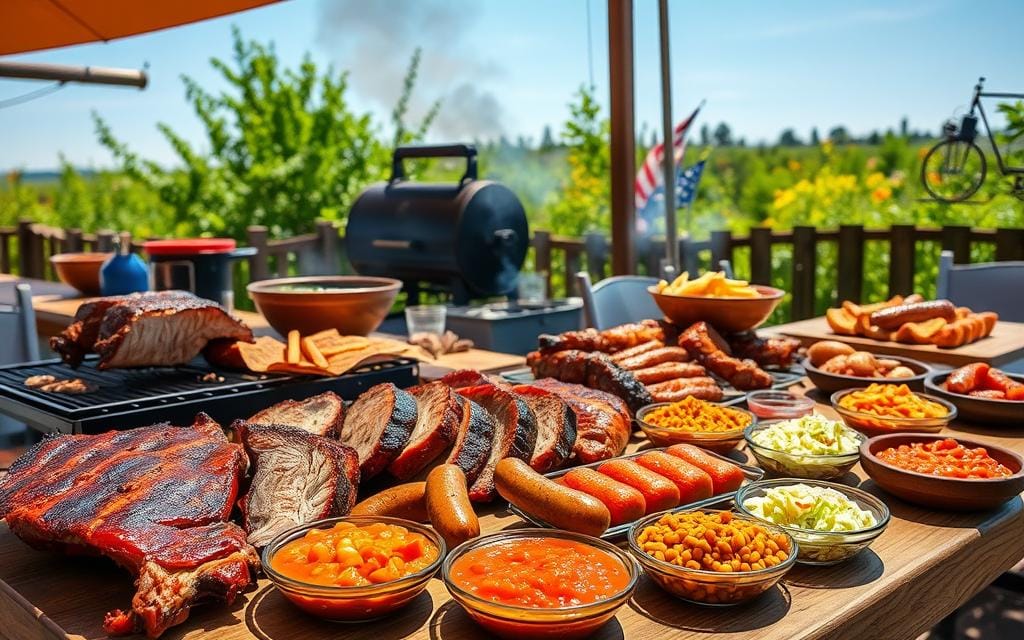
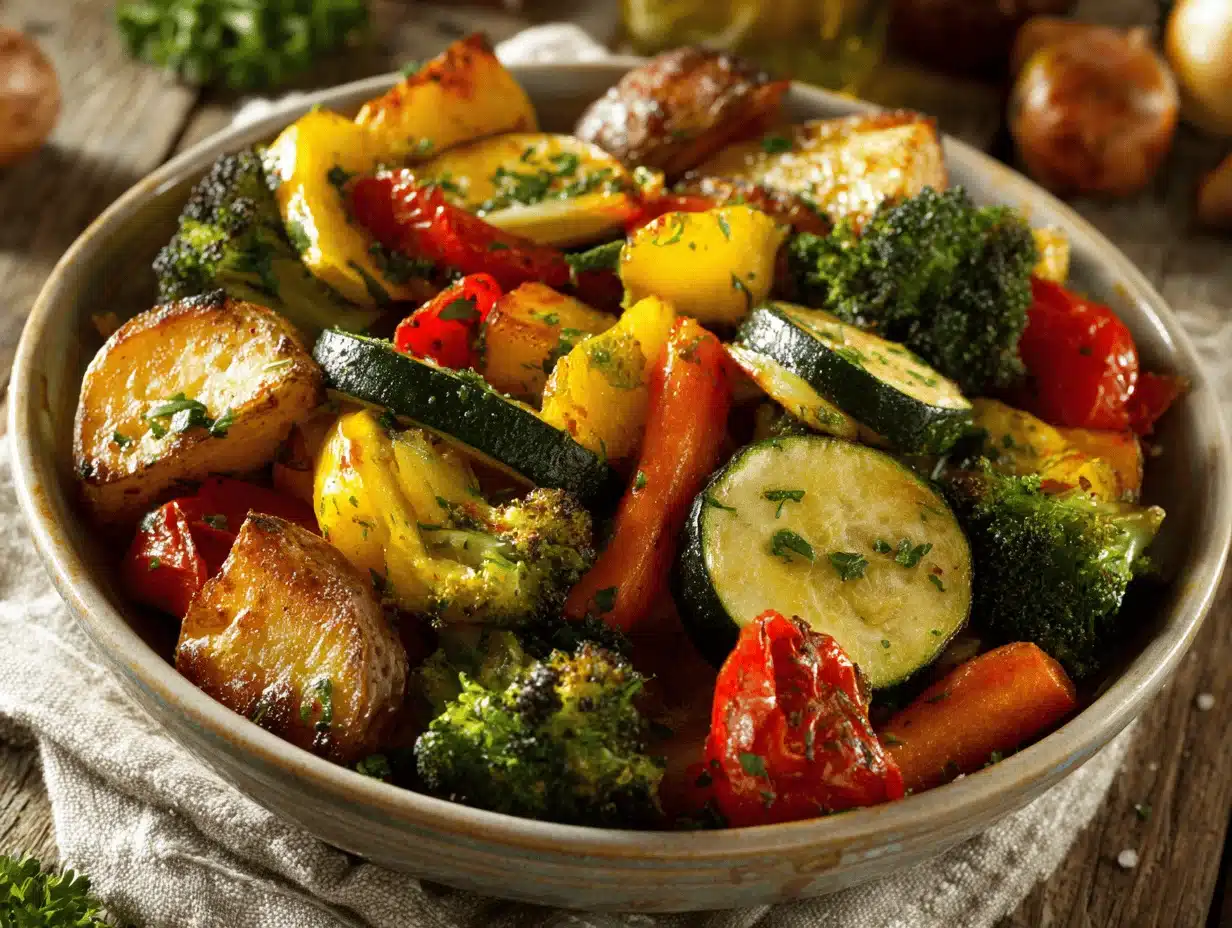
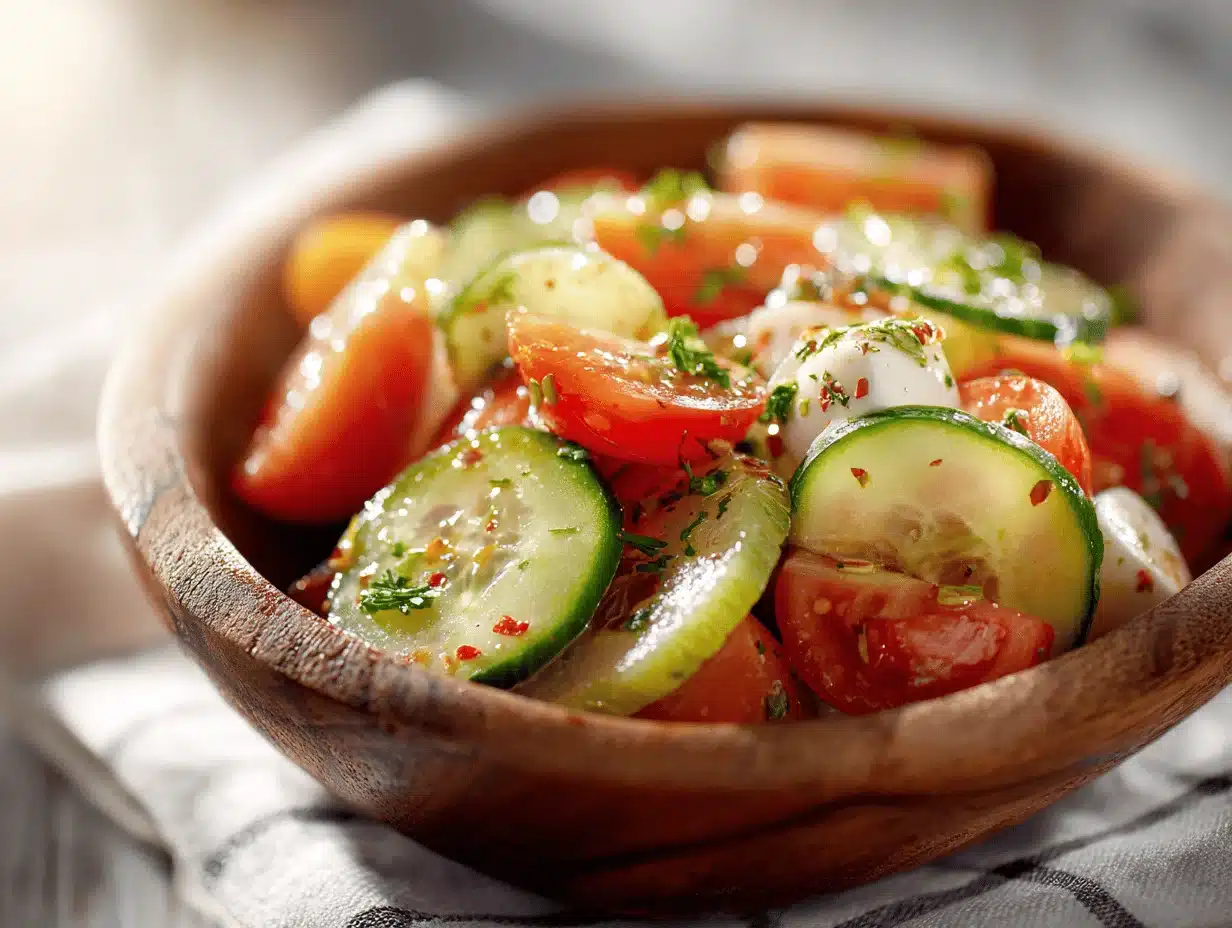
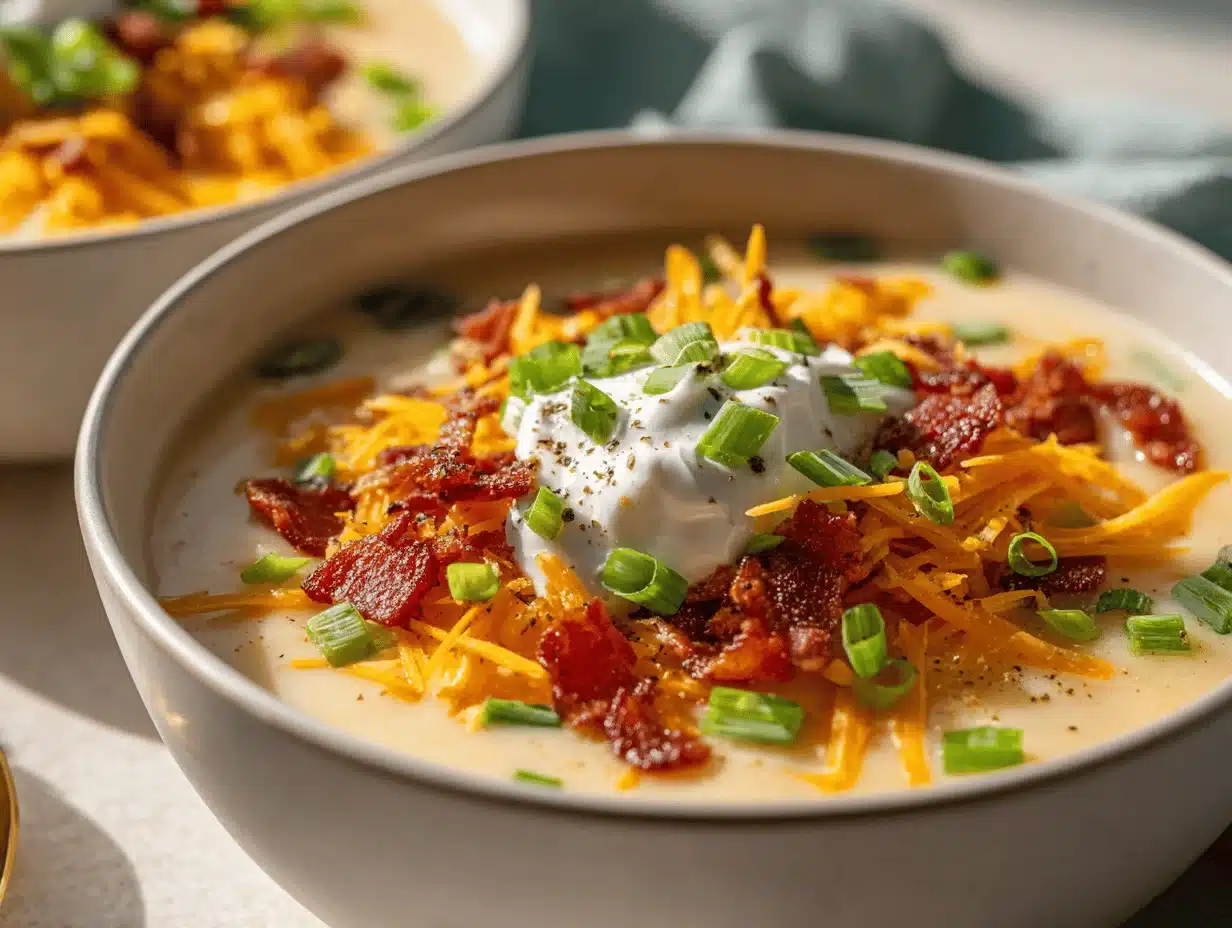

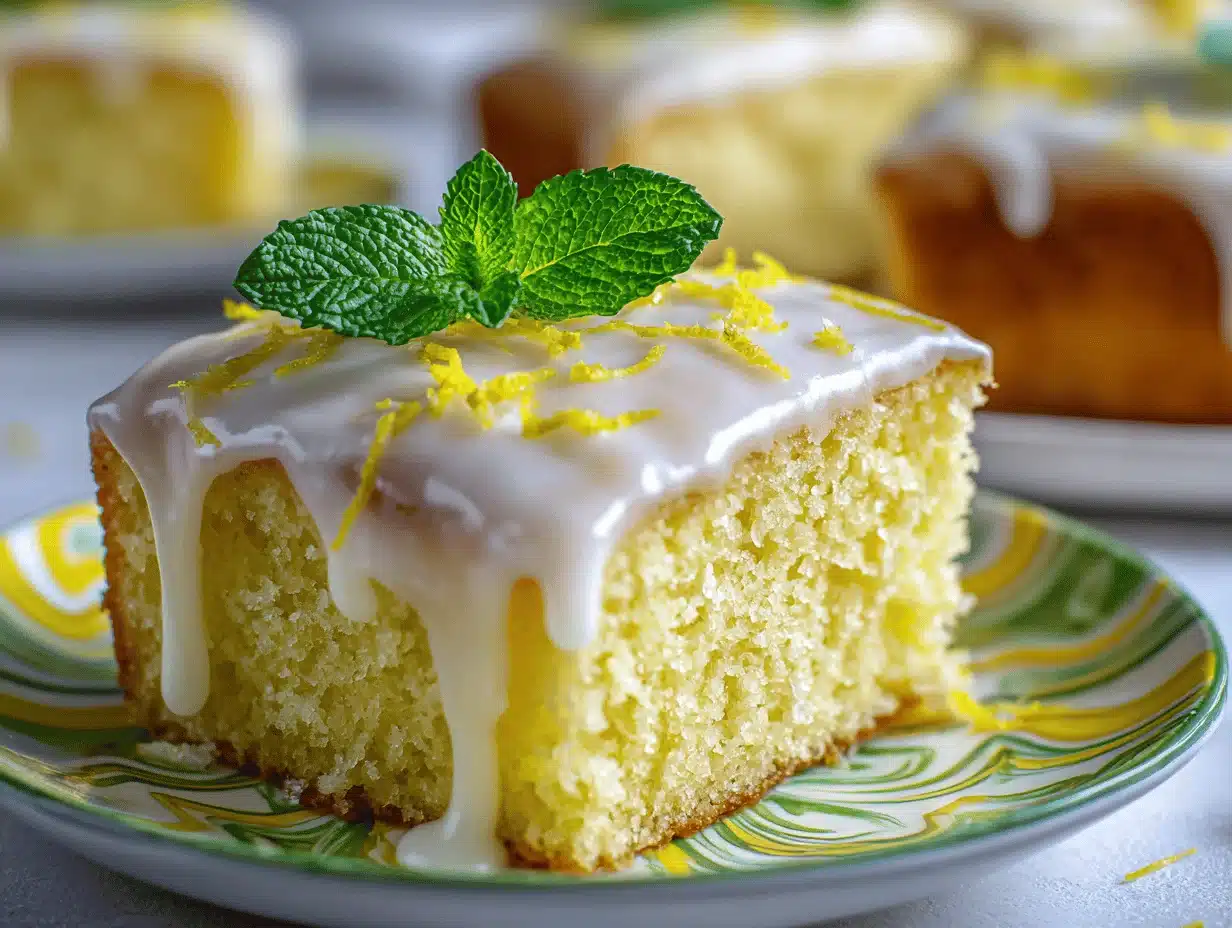
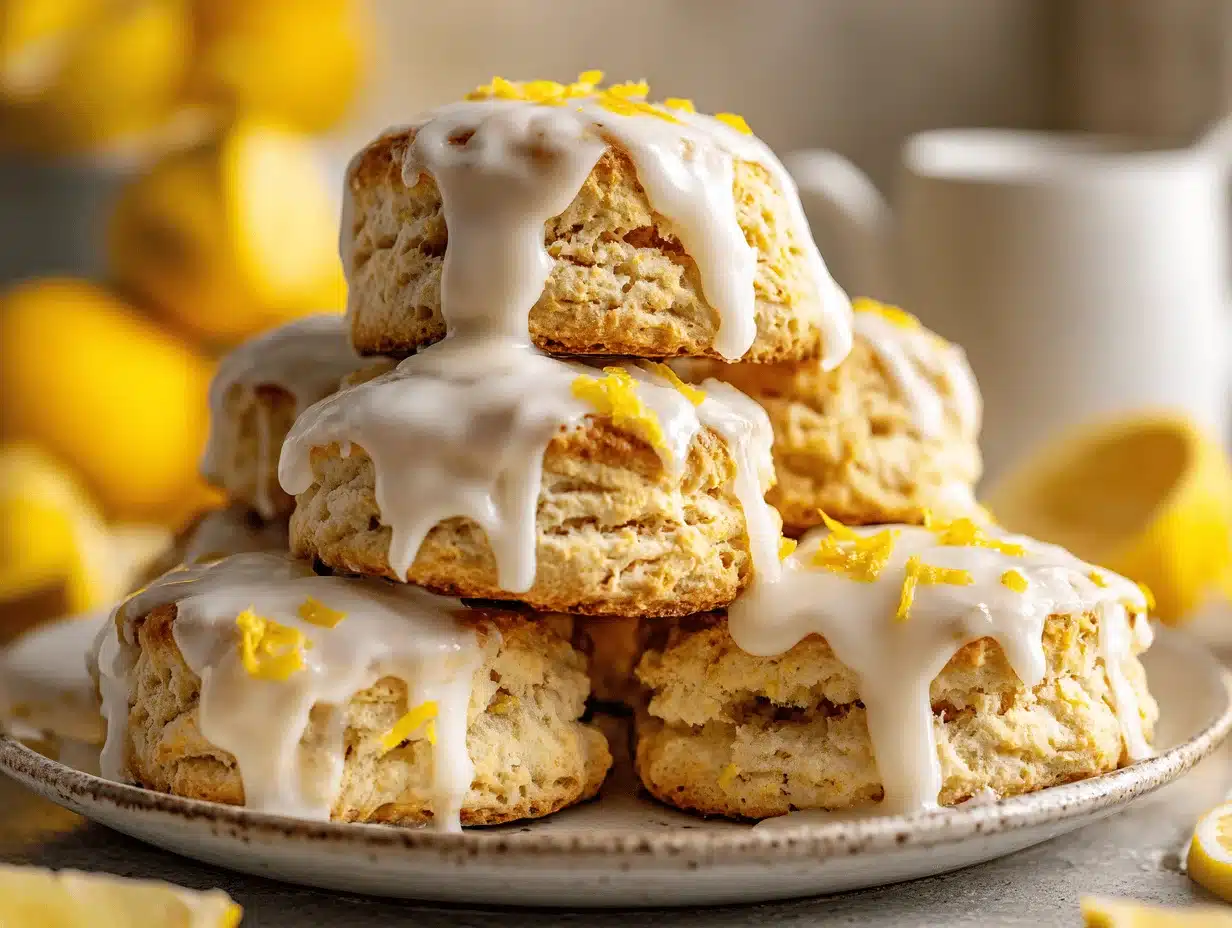
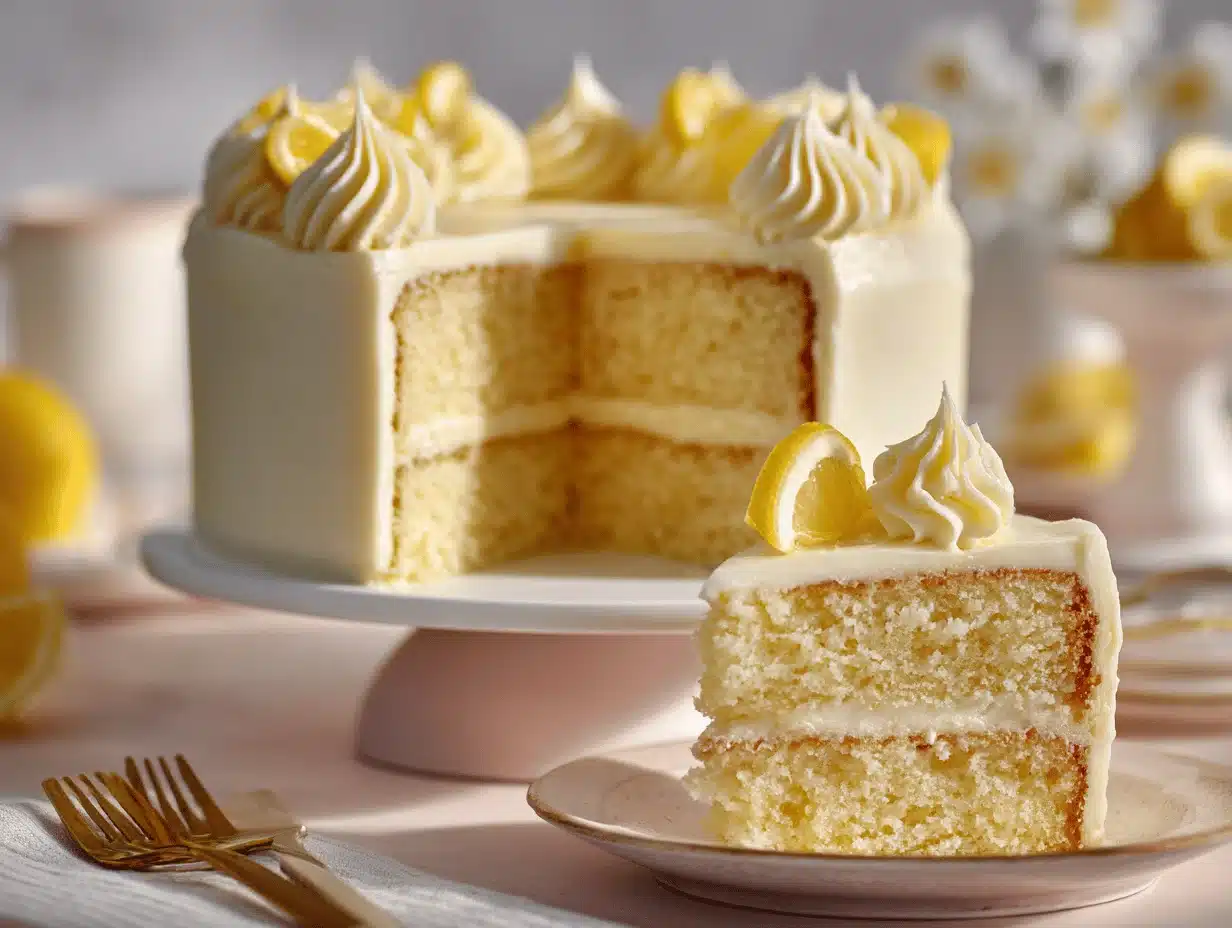
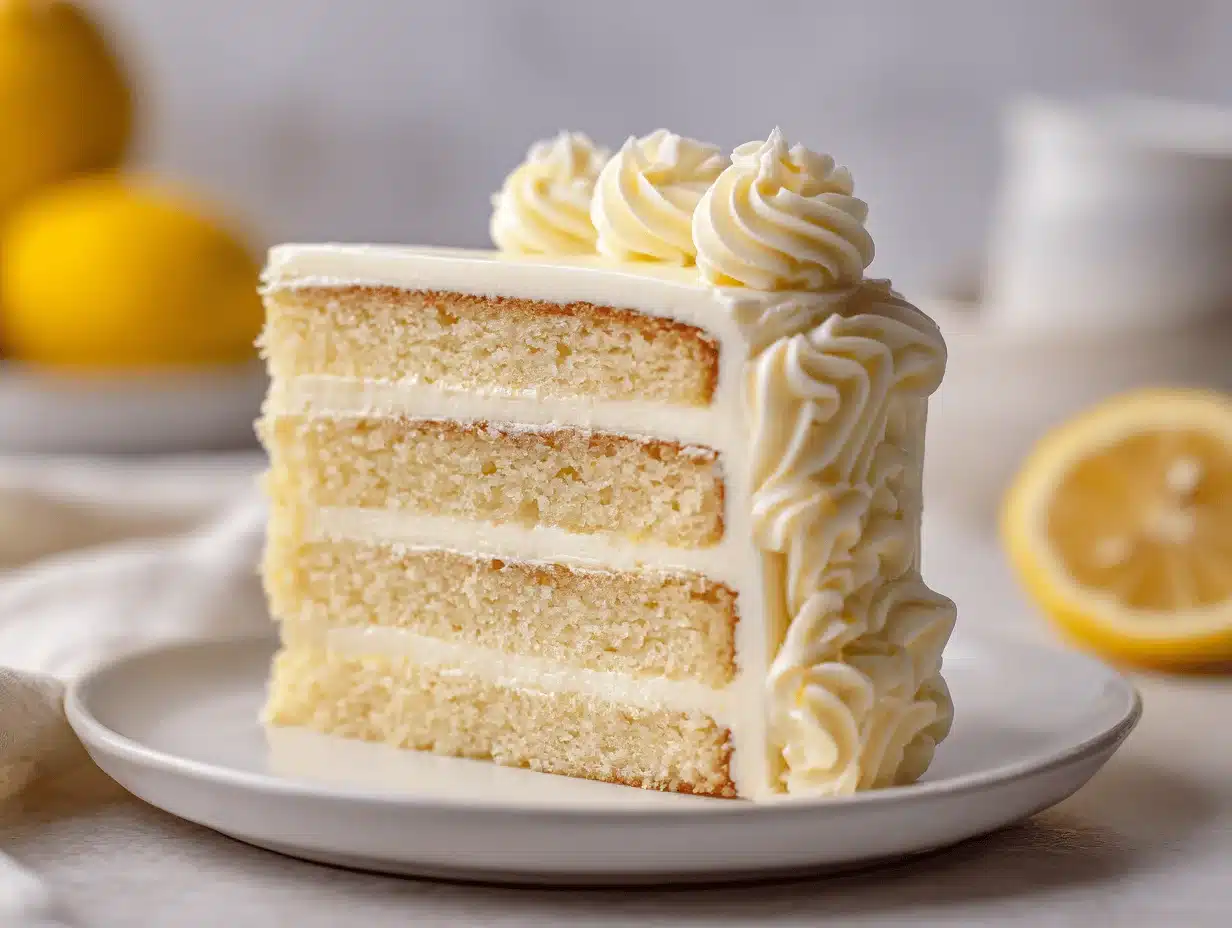
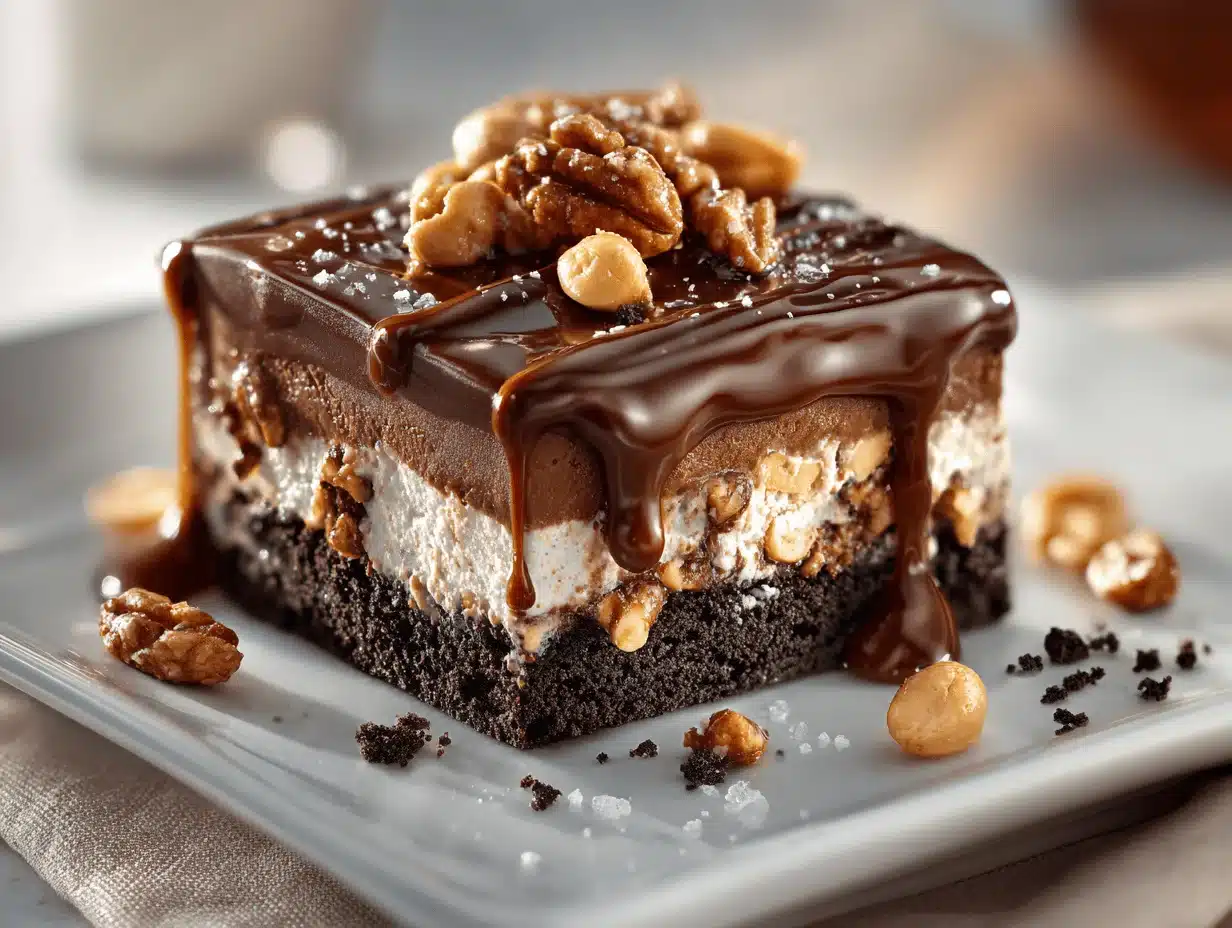
2 thoughts on “15 Best Smoker Recipes for Perfect BBQ Flavor”